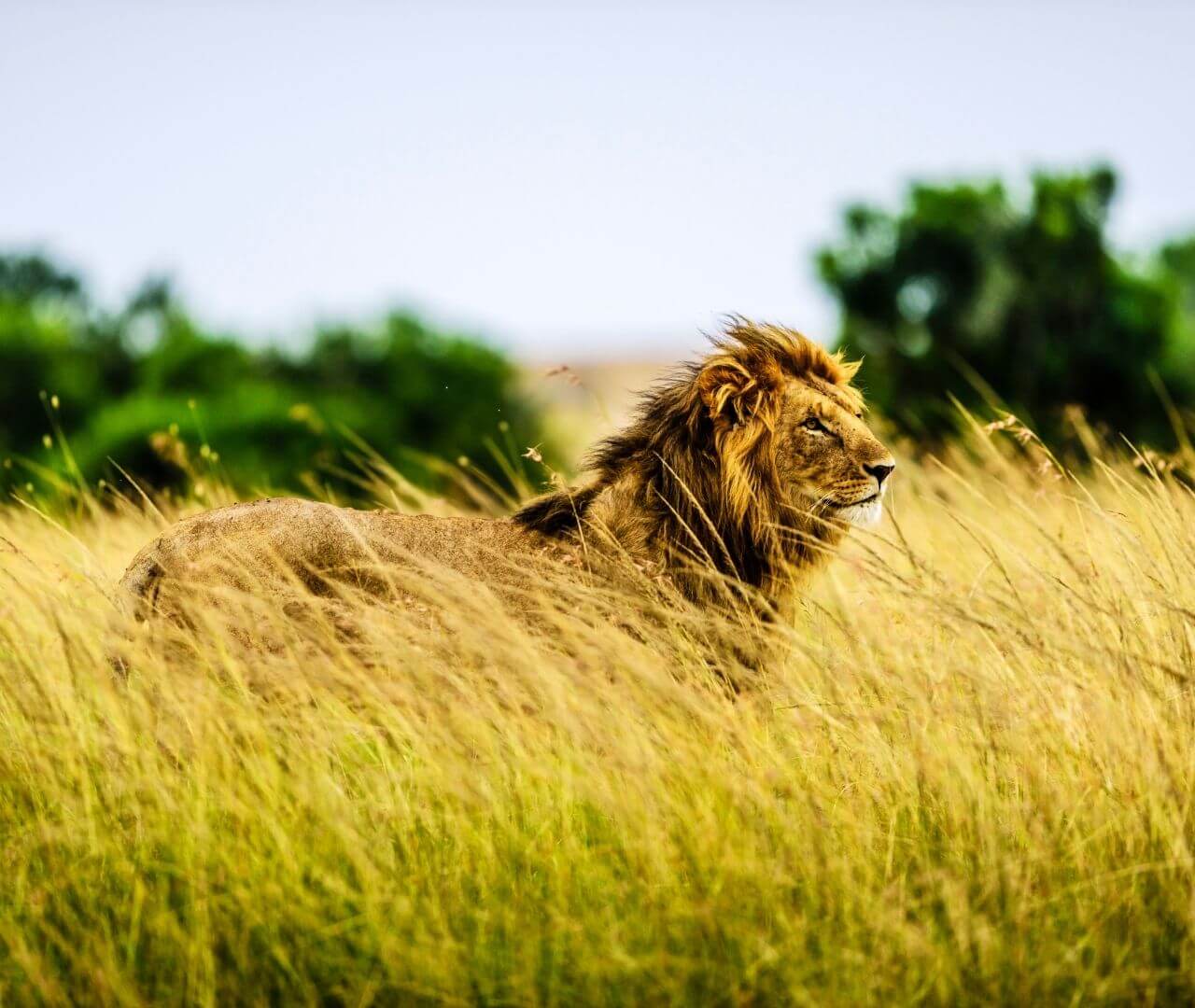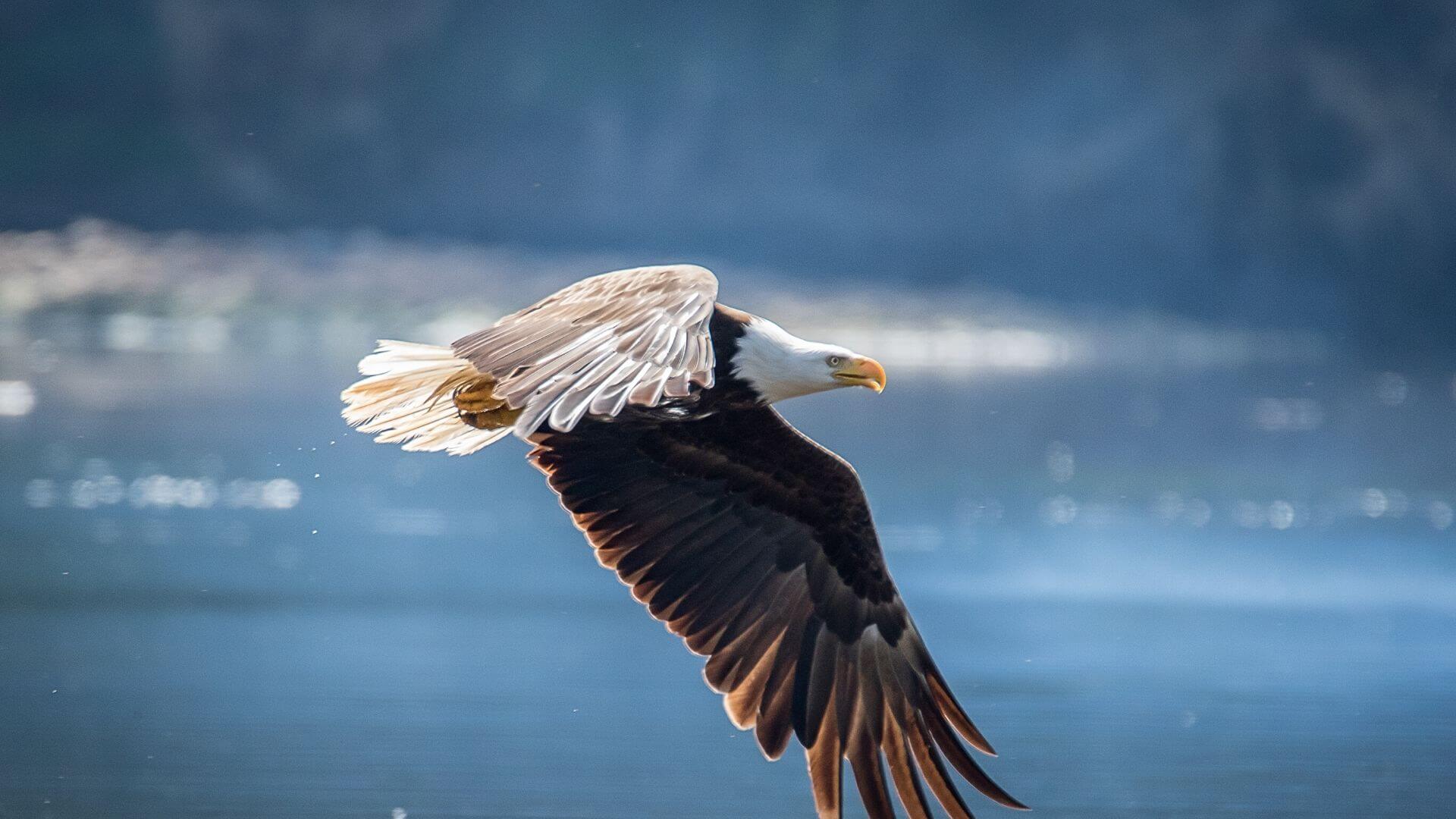Blogs
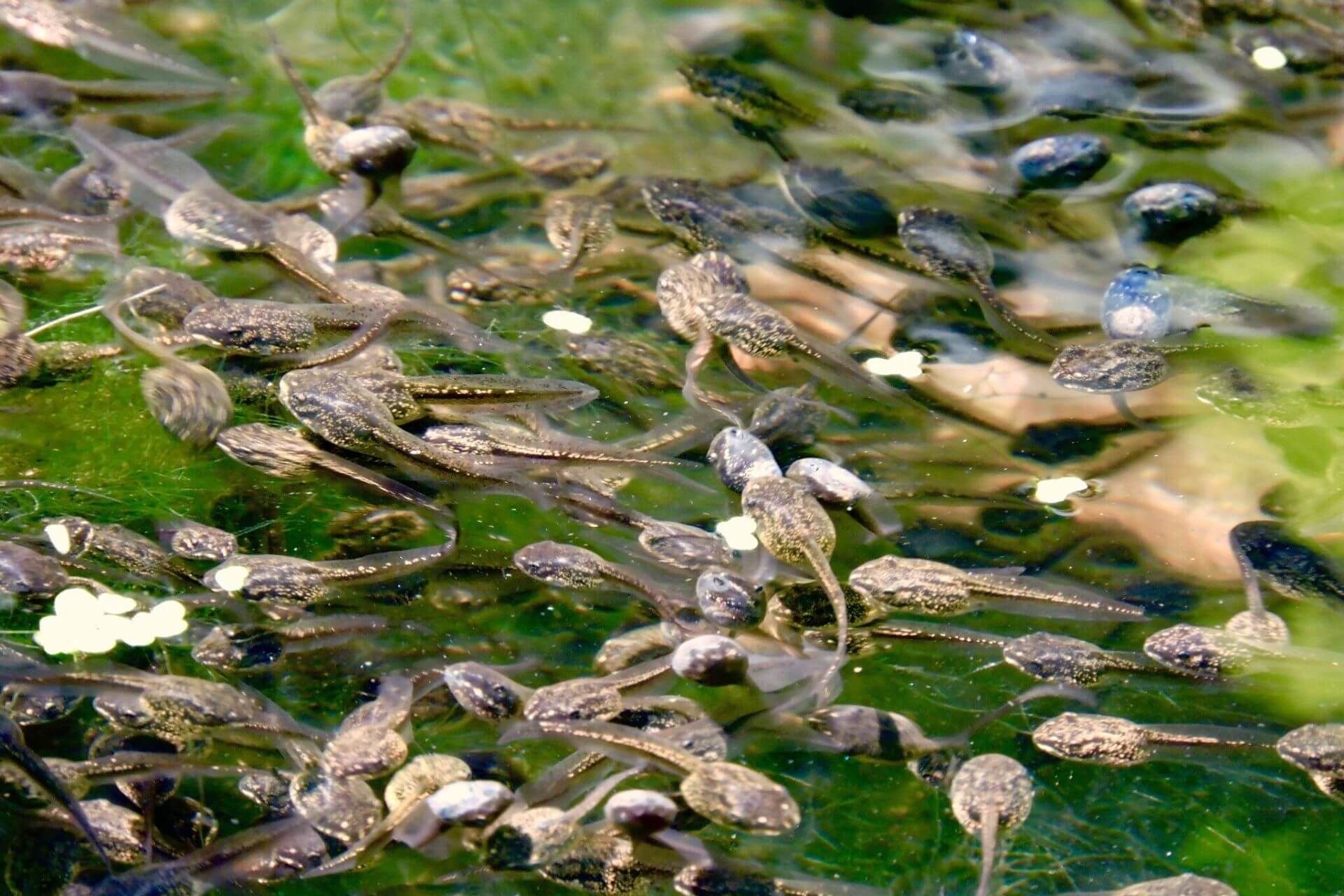
Spring days become longer, hotter. Bullfrog stands guard while his tadpoles squirm through a crowded puddle, bumping bodies and breathing the last bit of oxygen. For weeks, Bullfrog protected his tadpoles from perilous predators, all while their puddle home evaporated. He fended off hungry herons, and the puddle shrank. He fended off famished fish, and the puddle shrank. He even fended off other ferocious frogs, and still, the puddle shrank. Most frogs leave their eggs before they become tadpoles, but not Bullfrog. He cares for his tadpoles and the tadpoles of his neighbors. His instincts tell him to save them. Positioning himself between puddle and pond, he smushes and pushes mud to create a narrow path–a tadpole water slide. Slowly at first, then all at once, hundreds of tadpoles slip into the pond. Darting around, they replenish their oxygen and feast on water bugs making this pond their new home.
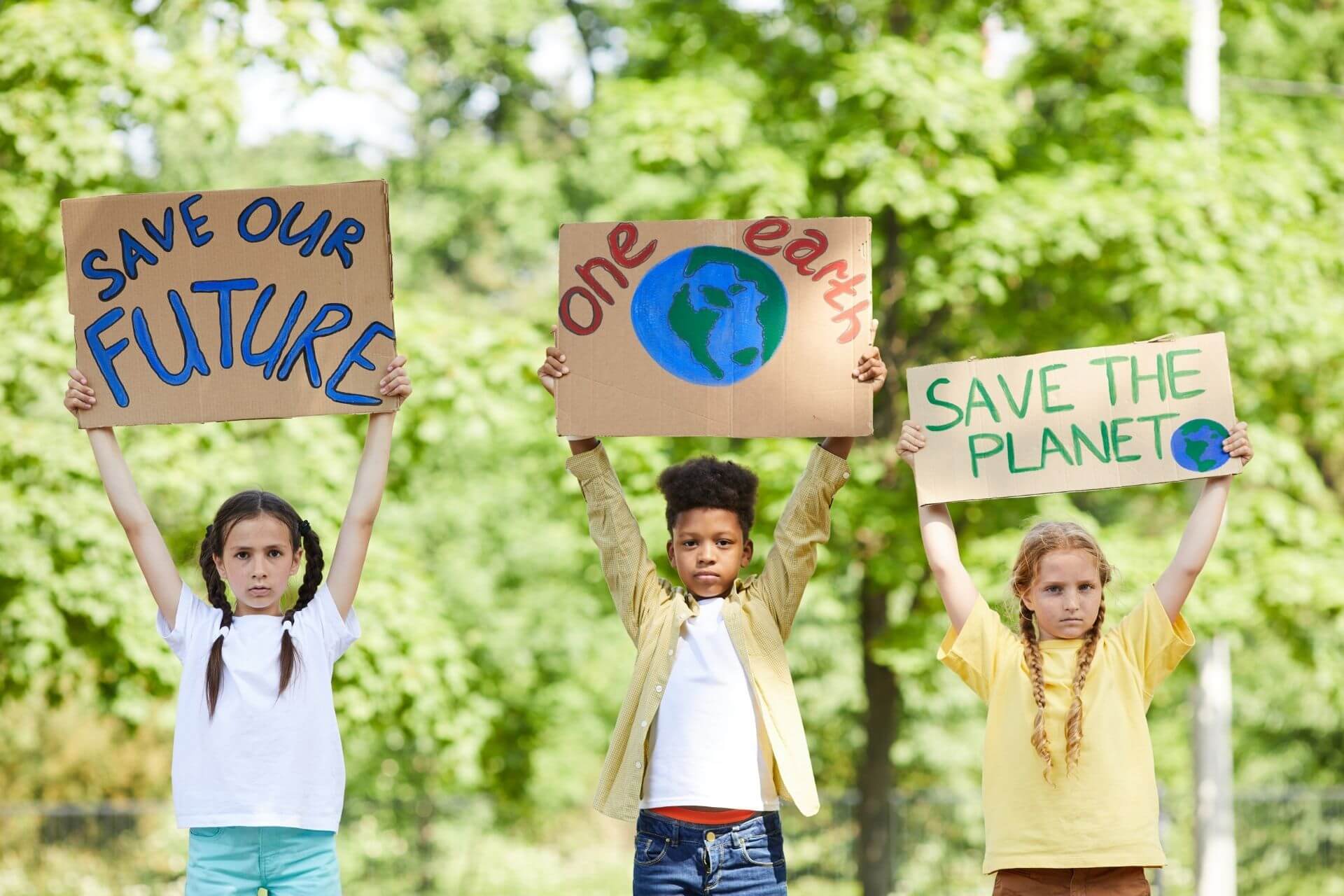
One of my favorite quotes says, “We don’t need a few people doing zero-waste perfectly, we need lots of people doing it imperfectly.” The idea of living zero-waste is daunting and seemingly unattainable, which I completely understand. I might spend the whole day composting my food scraps and avoiding plastic, but then when I want takeout, it comes in a Styrofoam container with plastic forks and soy sauce packets that inevitably end up in the garbage. It is hard to live zero-waste, but no one is asking you to do it perfectly! I mean, yes, ideally we would stop adding to the landfills entirely, but let’s be realistic. With 2022 looming, it is time to think about the basic steps you can take to live a more sustainable lifestyle in the new year and, most importantly, to DO YOUR PART! Swapping out products you use every day for a readily available, cost-effective, and sustainable alternative is the first easy step. We’ll get you set up with your composting system later.
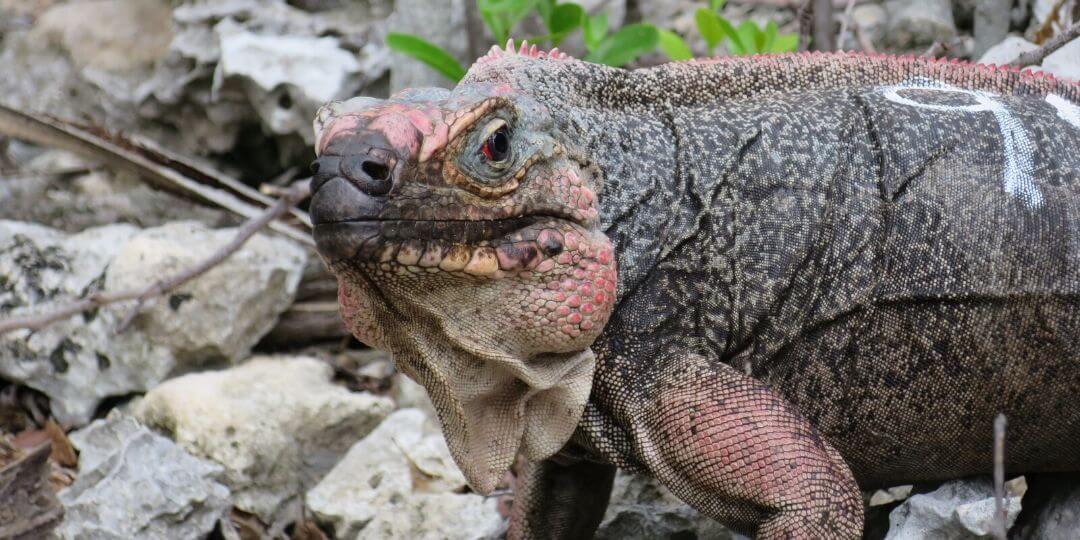
Degree: B.S. Conservation Biology and Ecology from Arizona State University Current job: Founder of edZOOcating, an environmental and conservation education platform Current project: Building new programs for students and families; developing a sustainable shopping resource Current country or residence: Brecksville, OH -> Mesa, AZ
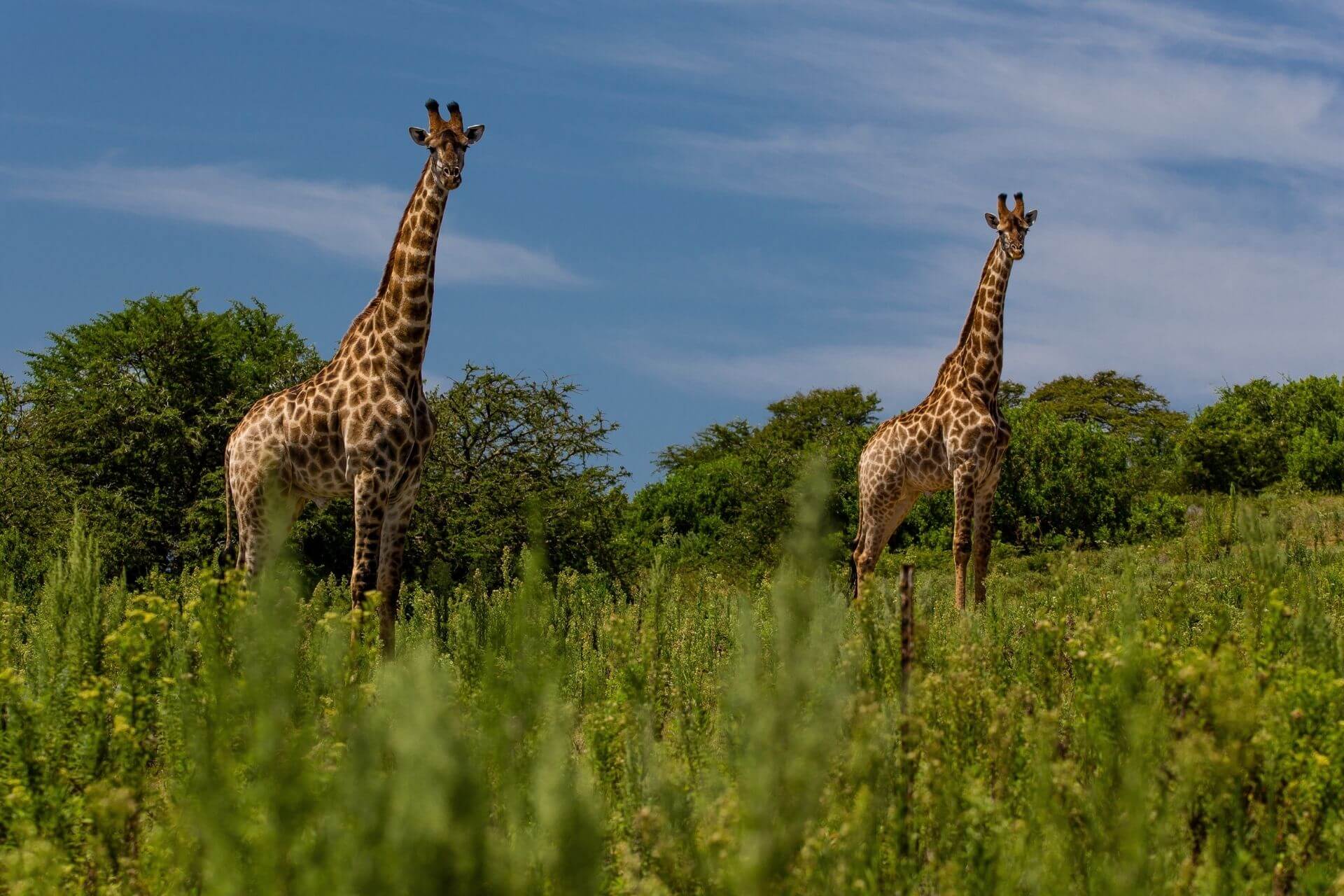
Like many people across the country who have been furloughed during the COVID crisis, Sarah Skebba was looking for a way to fill her time and further explore her passion for conservation, biology and ecology. An educator for the Phoenix Zoo in Arizona, her job entails educating the public and volunteers about animals and the natural world. She had always harbored a longing to build a website so her outreach about protecting the environment could go further. “I wanted to reach more people and introduce them to the beauty and intricacy of animals and reveal fun facts that many people do not know,” she explained. When her aunt Paulette Hamilton-Koehler, an Orleans/Niagara BOCES special education administrator, reached out to her to see if she would be willing to provide some education for BOCES' summer school program, it seemed like the perfect time to start working on her website www.edzoocating.com. “I have always loved doing research for my education and career and I am fascinating by the weirdest details and I always thought it would be fun to share that,” Skebba said. “Building the website put me out of my comfort zone. It was exciting to think I could share the wonders of the animal kingdom, the mysteries of our ecosystems and the complex interactions and adaptations of species with others. Hopefully it will inspire people to take care of our planet.” Although the website is not affiliated with the Phoenix Zoo, Skebba thanks her supervisor, coworkers and the zoo volunteers for what they have taught her about various animals. There are links to mammals, birds, reptiles, amphibians, invertebrates, fish, and articles on sustainable shopping, wildlife vocabulary, a blog on different environmental topics and classroom instruction. She prides herself on keeping the website positive, saying her goals are “to share the love I have for animals and help people make informed decisions on being environmentally friendly. I am always willing to answer any questions adults or children have. I would love it if people suggest topics they would like to see me add. They can contact me through my website and I am also willing to share my video links if they request it.” For Orleans/Niagara BOCES summer school, Skebba made special videos about various animals and she Zooms with teachers and students on a weekly basis to discuss the videos and answer any questions. “Our theme for the extended school year is 'animals' (and) Sarah has been amazing with developing a movie for a different animal each week to teach the students,” Hamilton-Koehler said. “She then does two one-hour teaching sessions every Wednesday, one for the younger students and then another session for the older students. The students and staff love it and the kids are really engaged and have a lot of questions for her.” Said Skebba, “Now that I am seeing kids engage in what I am doing, it is very inspiring. I think in order to protect our world and its animals, you have to make children the advocates for conservation. Kids want to change the world and I would love to be that person that helps them with that goal. ” Lisa Bielmeier is the public relations director for Orleans/Niagara BOCES. Original Blog: Lockport Journal
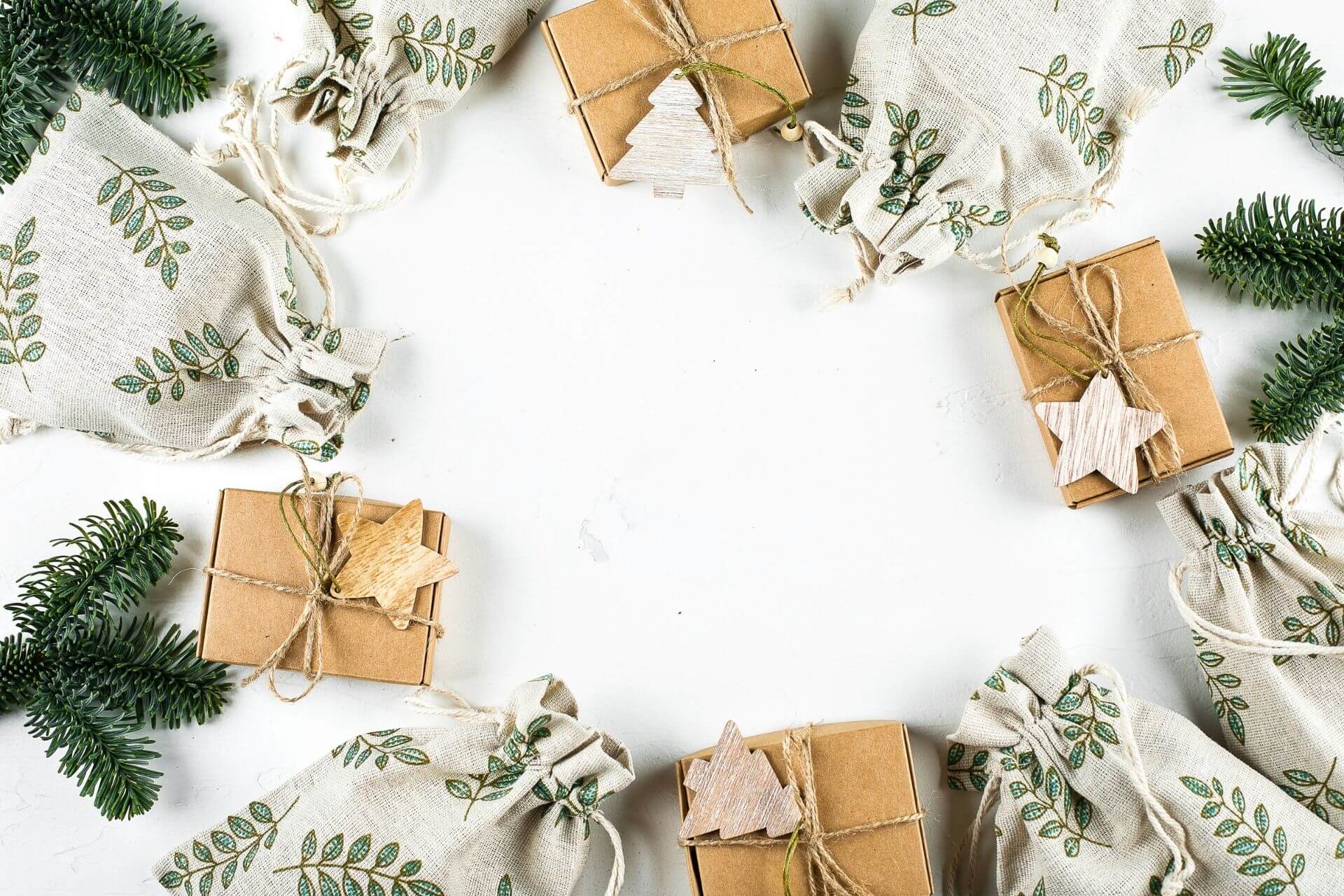
The holidays are by far one of my favorite times of the year, as I’m sure most of us can agree. There is something about the holiday season that gives everyone something to look forward to, a reason to think of others, and an excuse to see family and eat too much food. While it is certainly the most wonderful time of the year, it is also the most wasteful. Between gifts, packaging, shipping, wrapping, lights, cards, Christmas trees, and most other treasured parts of the holidays, a lot of our celebration ends up in the landfill and polluting our air and water. It is possible that tradition is the true culprit here. Each year, like clockwork, we decorate our house and bake in excess without even considering sustainable alternatives. All it would take is a bit of mindfulness to really make a positive impact on the environment and sustainable businesses during the holidays. We have identified some key things to keep in mind while you start your annual traditions to help make your holidays sustainable.
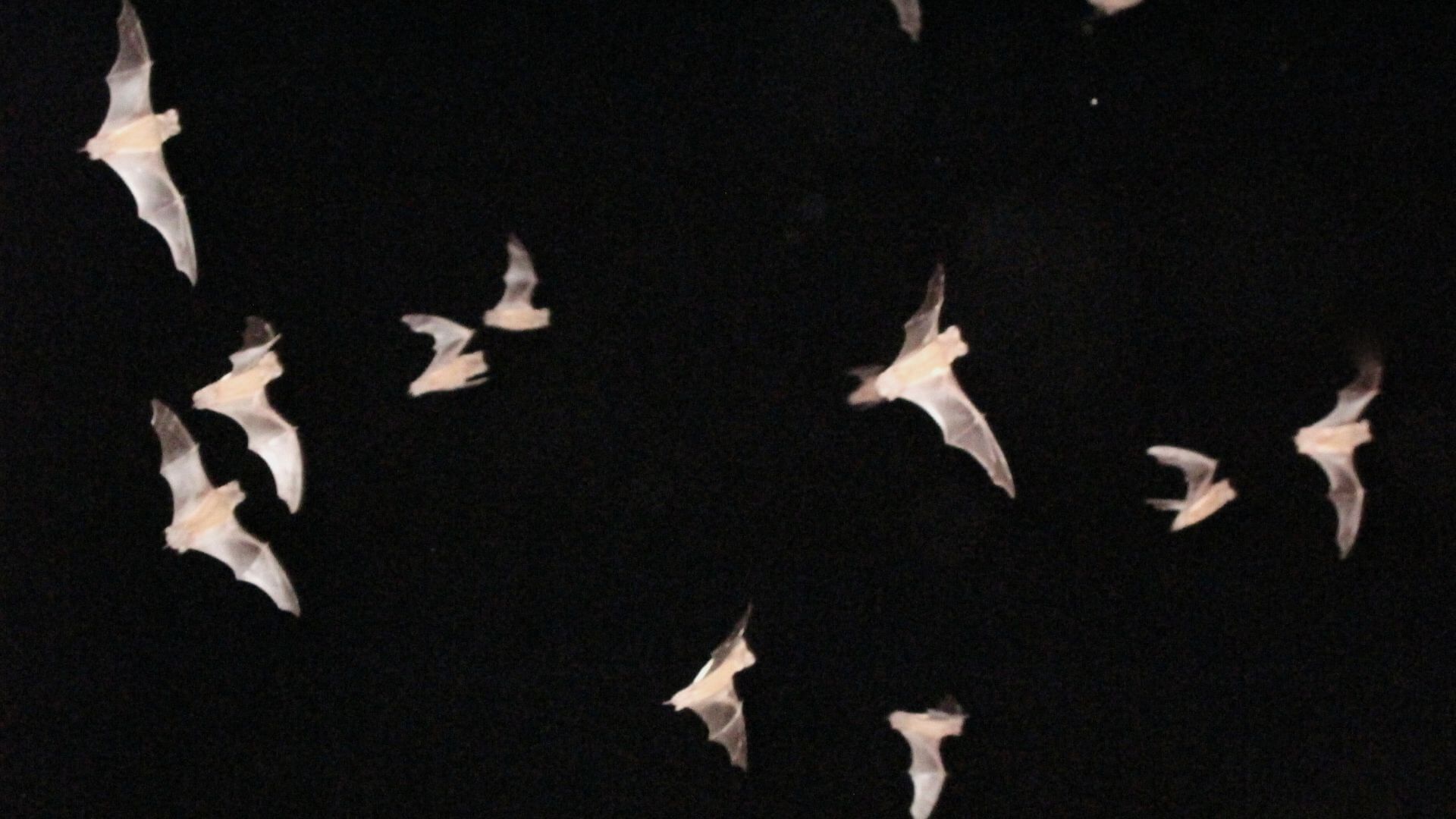
These traits which animals develop over the course of several generations are called adaptations. Adaptations are not to be confused with acclimations, which occur in an individual’s single lifetime. The giraffe’s long neck is an adaptation, while salmon acclimate from freshwater to saltwater as they migrate to the ocean. The giraffe’s neck is a physical adaptation or a body part that helps them be successful. There are also behavioral adaptations which are actions or things animals do to be successful, like being nocturnal to avoid hot days. Behavioral adaptations often depend on physical adaptations, like a peacock displaying his tail feathers in a courtship dance depends on him having huge, colorful tail feathers.
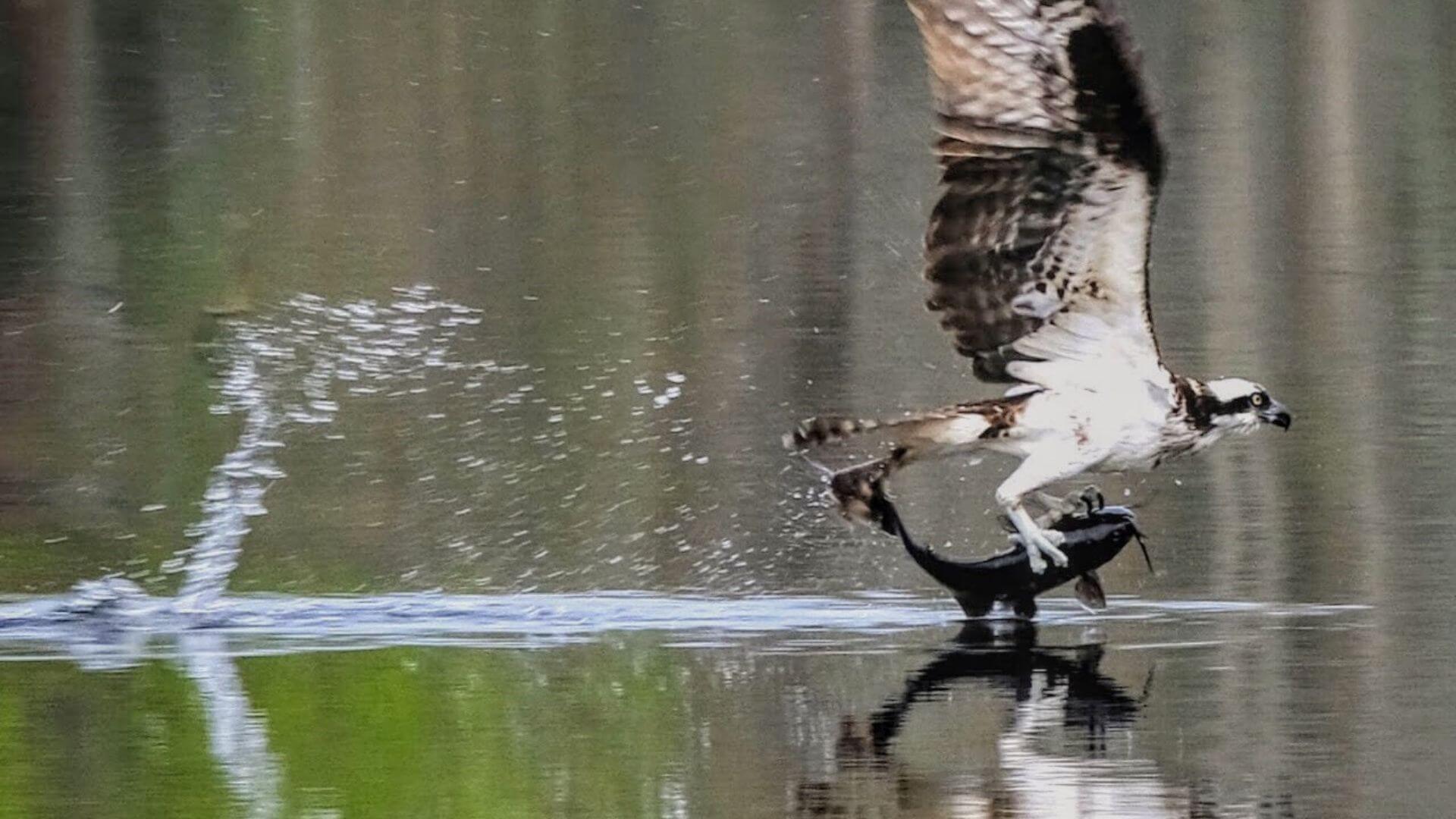
We all do a lot during our day to day lives. We wake up, we brush our teeth, we go for a walk, we do all sorts of things that require energy. Luckily, when we eat, we restock our energy supply so we can be active again the next day! All living things need energy to perform the basic tasks necessary to stay alive. Animals get energy from the things they eat, but what about plants? Plants get their energy from the sun! They use their superpower, called photosynthesis, to turn energy from the sun into energy that they can use to grow big and strong.
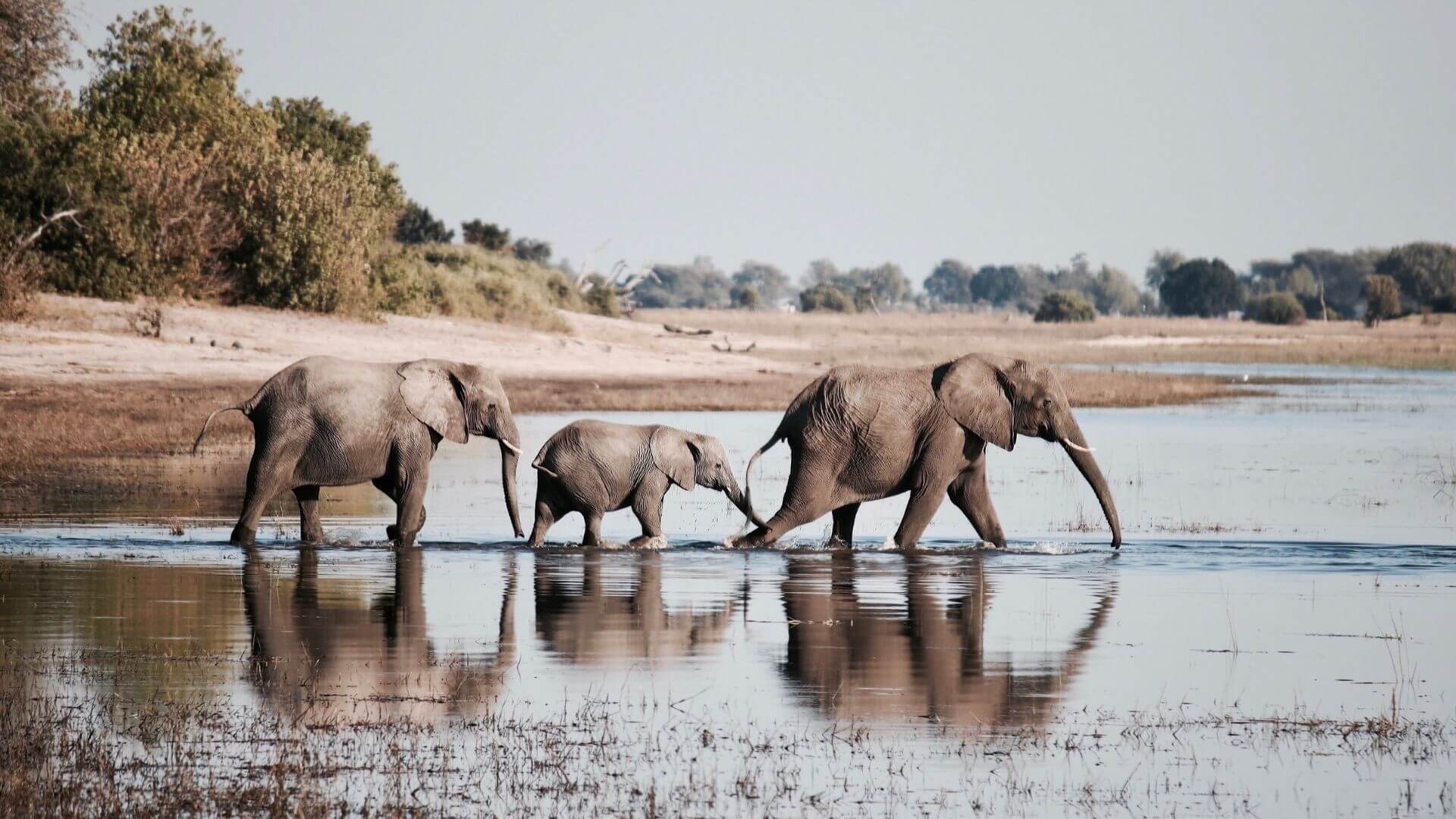
If we removed elephants from the savannas of Africa, we would lose a whole lot more than just elephants. Elephants alter the savanna with their presence, simply by eating, drinking, and moving around. As African elephants walk roughly 30 miles per day, they eat plants and deposit seeds in their fertilizer-like dung. Without African elephants, plant species would not be as widely distributed, and the savanna would become less inhabitable for other animal species. African elephants are a keystone species. Keystone species are species that other animals in the ecosystem heavily depend on. When you remove a keystone species from their ecosystem, the whole environment changes drastically. While the African elephant may be the keystone species of the savanna, there are keystone species in nearly every ecosystem, even aquatic ones.

